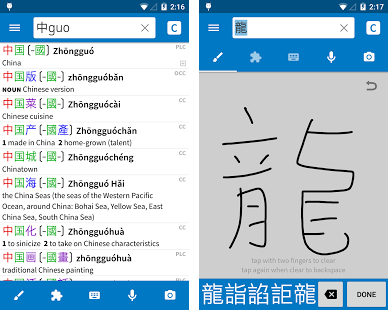How to Read Chinese Pinyin and Why I should Learn
Learning Chinese, with its 10,000+ characters may sound daunting. But add a whole different system of sounds and tones in that may not be in our native language and you’ve got yourself a recipe for one difficult language.
Chinese pinyin helps both foreigners and native Chinese speakers learn and understand the language, and also aids with reading and writing skills. It is essential for everyday life for Chinese people, as much as it is for foreigners.
So, let’s talk pinyin.
What is Chinese Pinyin?
Chinese Pinyin is the romanization of Chinese characters. It is a tool used to write the Chinese characters in the Latin alphabet. This aids both with reading Chinese and the pronunciation of it.
Where did Chinese Pinyin come from?
Many attempts had been made over years and years to create a standard romanized version of Chinese characters, but none were standardized and approved until the 1950s, where Zhou Youguang, also known as the ‘Father of Pinyin’ came into play. He and his team spent 3 years developing the Chinese pinyin system used today.
Without this, many of the Chinese population would still be deemed illiterate, and many people trying to learn the Chinese language would be left entirely lost…!
How to read Chinese Pinyin?
Firstly, it is important to be aware that although the letters used will be familiar to an English reader, it doesn’t mean they sound the same. Chinese Pinyin includes sounds in English that we may not exist in other languages, so the closest possible romanization has been made. This means that you need to learn how to correctly pronounce the sounds first in Chinese pinyin, then you can correctly pronounce them when reading characters.
Pronunciations
Vowels
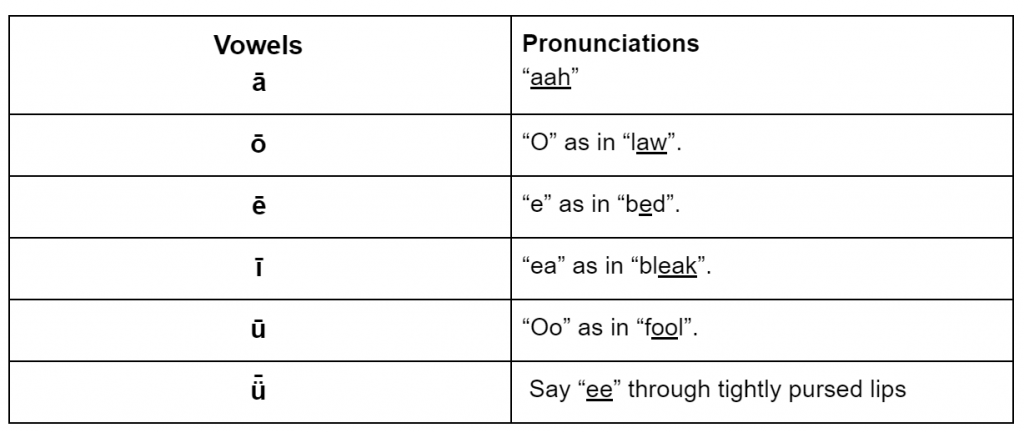
Consonants
The consonants are much more simple to read since they are largely the same or similar in pronunciation.
 zh/ch/sh/z/c/s/j/q/x and r.The sounds you should watch out for, however, are:
zh/ch/sh/z/c/s/j/q/x and r.The sounds you should watch out for, however, are:
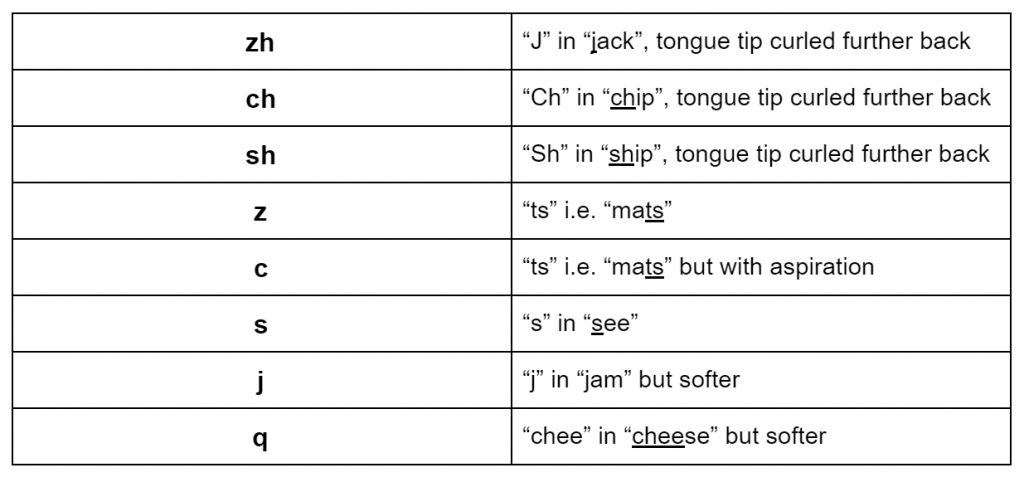

Source: chinesepod.com
The next thing you have to remember when reading Chinese pinyin is that it’s not just new sounds you have to learn. You also have to read which tone mark the character has.
Tones are a pain, but extremely important. Saying a word with the wrong tone can result in some serious miscommunications since many words have the same pinyin spelling, but use different tones and have different written Chinese characters.
So, when you’re learning a new word, it’s vital that you learn the correct tone with it too.
There are 4 tones in Chinese and one neutral tone. Some people say there are 5 tones.
1st tone: ˉ e.g. mā 妈 (mother)
High pitch, naturally prolonged level sound.
2nd tone: ˊ e.g. má 嘛 (hemp)
Pitch from low to high, like when asking a question at the end of a sentence.
3rd tone: ˇ e.g. mǎ 马 (horse)
Pitch falls, then goes back up again
4th tone: ˋ e.g. mà 骂 (scold)
Sharp and strong fall of the tone
5th tone: no marker, e.g. ma 吗 (q. marker)
Neutral and short
Learning the correct pronunciation of Chinese pinyin, including the tones, is the key to learning the language well and making sure you sound like a native.
Don’t move on before you’re ready!
If you liked this blog post be sure to check out “What Exactly is Pinyin” and “5 Apps to Help You Better Integrate in China”
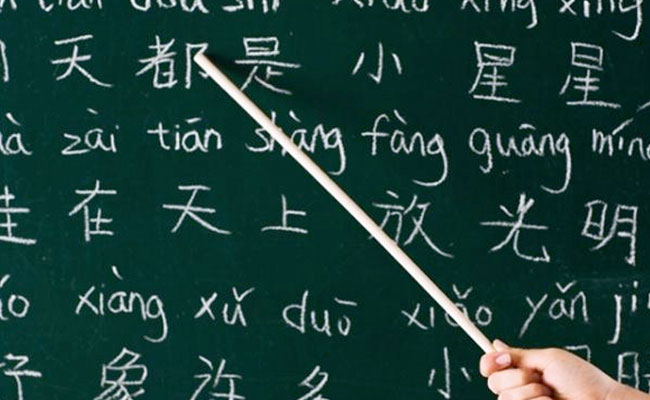



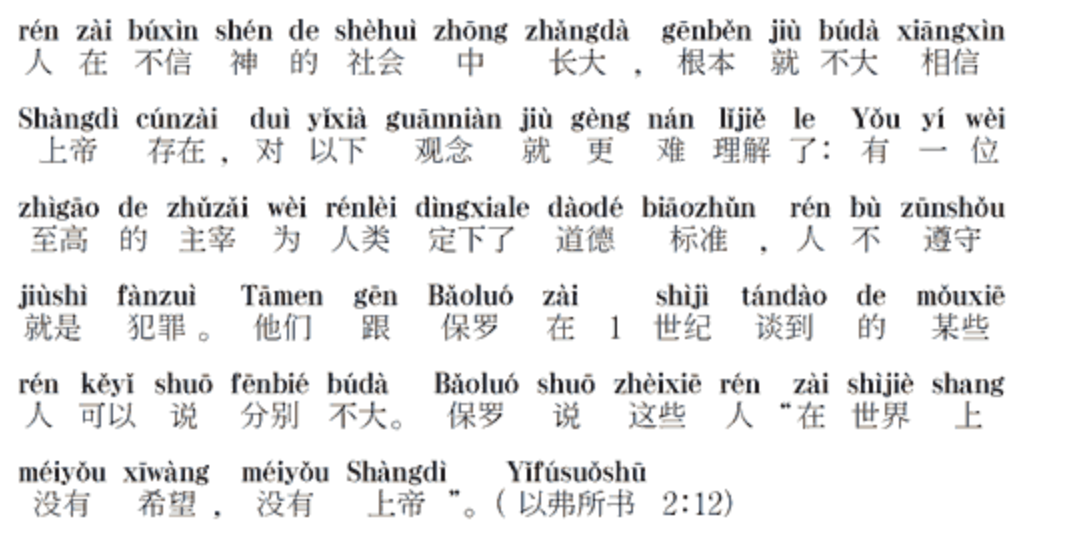





 Source: https://www.wsj.com/
Source: https://www.wsj.com/
